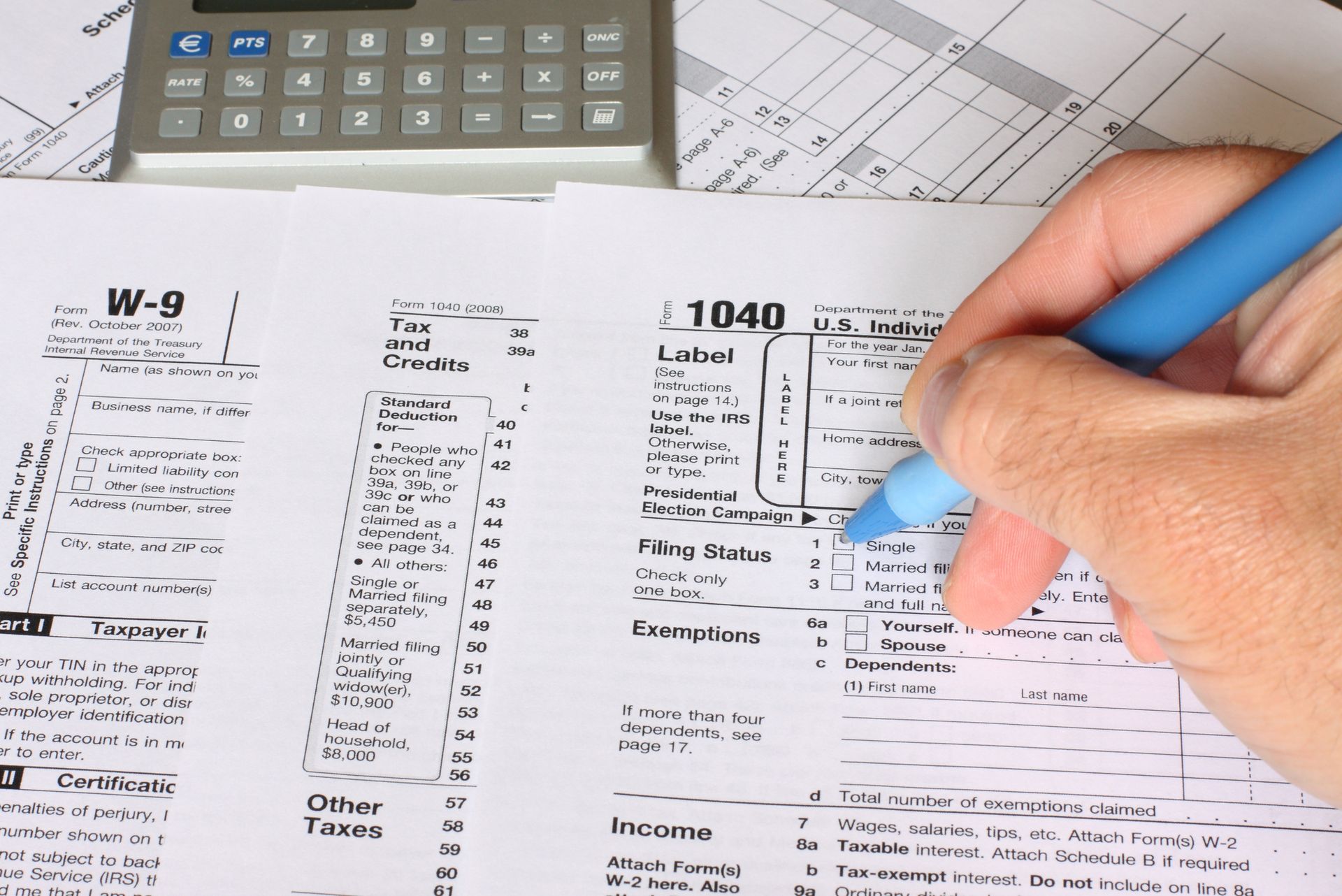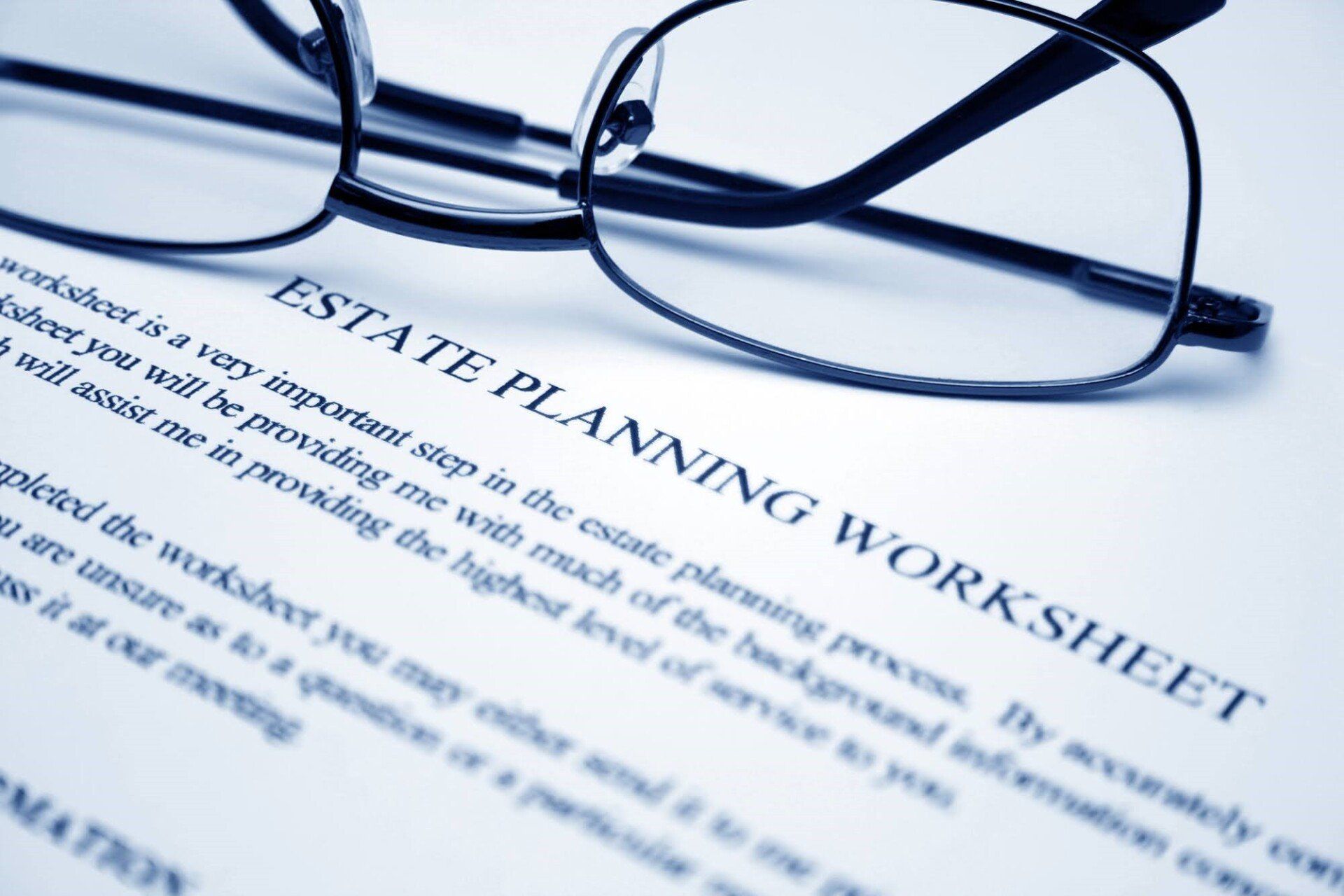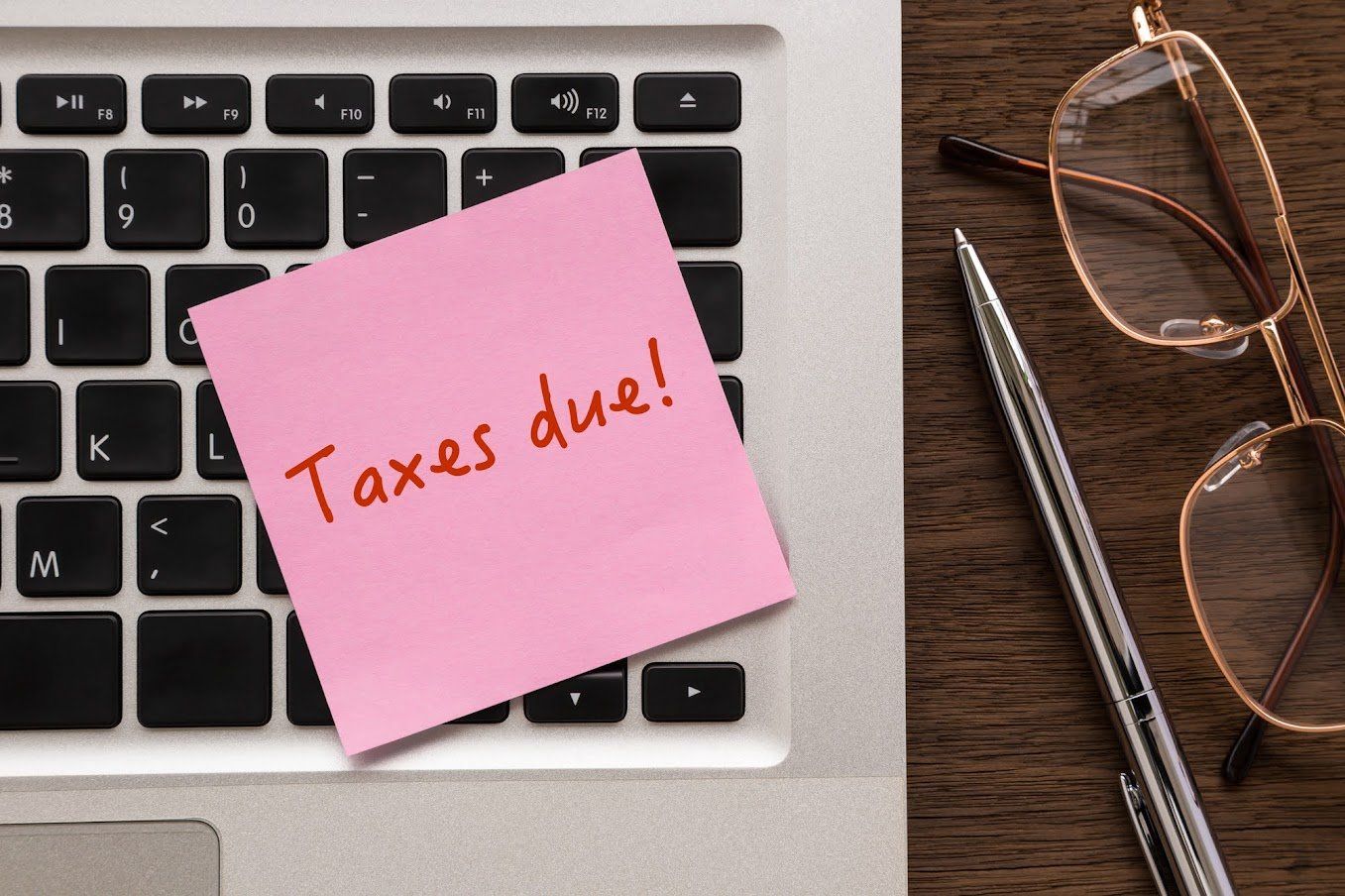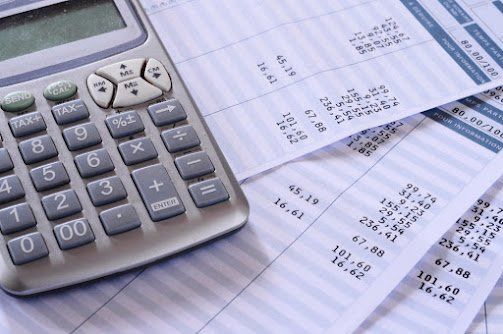What Is Amortization? And How Can It Help Your Business?
Strategic and proper use of tax deductions is one of the most powerful ways a small business owner can minimize a tax bill. But while some tax deductions are easy to identify and well-known, others are harder to understand and use.
One of these more challenging deductions is amortization. While amortization affects nearly all businesses, many owners aren't aware of how it affects them and how to use it for the best effect. To help you get the most out of amortization, discover answers to a few pressing questions.
What Is Amortization?
Amortization is the act of spreading out the cost of a large asset as a recurring tax deduction over the course of a number of years. This allows a business to continue to reap some tax benefits over the life of the asset instead of all at once.
What is the benefit of amortizing? If your business purchases a machine, for example, for $10,000, you would normally deduct that $10,000 in the first year. This would lower your taxable income for one year. But, what if that purchase is a patent that then produces extra income over the next 10 years? You would have more taxable income without any expense to counteract it. The answer is to deduct $1,000 each year.
What Items Are Amortized?
Amortization is a lot like depreciation but for different types of assets. While depreciation spreads out the cost of a new machine, a vehicle, or an office building, amortization does so for intangible items like copyrights, licenses, franchises, trademarks, and leases.
Amortization is important for those who acquire an existing business or elements. If you buy a business someone else has built, you often pay not just for tools and equipment but also for its established reputation, client list, the knowledge of the workforce, and contracts. Because these are part of the price, your business deserves to get a tax benefit for paying for them. This is where amortization comes in handy.
You can also amortize expenses incurred in the organization and startup of your new business. Such costs might include legal fees, incorporation expenses, fees to the state, training of employees, certain advertising expenses, and some travel costs for the setup.
How Can Amortization Be Strategic?
Amortization has two basic components. First, you must follow rules as to how to amortize expenses. The costs of a lease are amortized over the life of the lease, for example, while the costs of a patent are generally amortized over a set period. Such amortization rules are spelled out, so you often cannot alter them to benefit the business outside of the norm.
However, you have a few components where you have leeway. For instance, you must determine the useful life of some assets — which affects the amount deducted each year. Each asset may be unique in how long it will benefit the company. Some assets may not have a determinable life, so you may choose to use them as normal expenses.
The IRS also allows businesses to amortize startup costs and organizational costs over a period of 180 months. But you may choose to deduct up to $5,000 of each of these categories in the first year of operations. A business with little first-year income may not want to waste the extra deductions on this year. On the other hand, if you received significant upfront income, this is a valuable way to use the deductions.
Where Should You Start?
Ready to start using amortization to boost your bottom line? Begin by consulting with an experienced certified public attorney (CPA) in your area. At Bliss & Skeen, CPAs, our accounting team is here to help. We can aid you in understanding how to amortize according to the guidelines as well as how you can use it to the best advantage of your company. Call today to make an appointment.
















